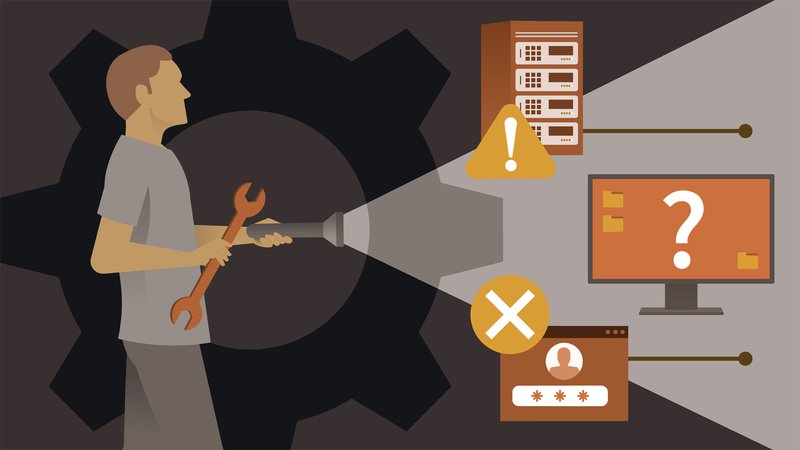
Picture this: you’re heading down the hallway when you hear that telltale rattle. It’s like your door knob is trying to get your attention, but not in a good way. Whether it’s a loose screw, a misaligned latch, or something more serious, addressing a rattling door knob can save you from bigger headaches down the line. Let’s break down how you can troubleshoot this pesky issue and get that knob back to functioning smoothly.
Understanding the Rattle
Before diving into fixing the rattling door knob, it helps to understand why it’s happening in the first place. The sound you’re hearing often comes from movement within the knob mechanism itself. When you turn the knob, parts can shift if they’re not secured properly, creating that annoying rattle.
You might wonder why this matters. A loose knob can lead to bigger problems, like difficulty locking the door or even a complete failure of the knob mechanism. So, tackling that rattle now can save you a lot of trouble later.
Some common culprits of rattling door knobs include:
- Loose screws
- Misalignment of the latch
- Worn-out mechanisms
Step 1: Tightening the Screws
Honestly, the simplest fix for a rattling door knob often starts with a screwdriver. Over time, the screws that hold your door knob in place can loosen due to normal wear and tear. This is especially common in high-traffic areas where doors are used frequently.
Start by inspecting the screws on the knob itself. You’ll typically find a visible screw on the side or back of the knob. Use a screwdriver to tighten it gently—don’t overdo it, as that can strip the screw hole. If the knob still rattles after you’ve tightened the screws, the problem may run deeper.
It’s also a good idea to check the screws on the strike plate, the metal plate attached to the door frame that helps with aligning the latch. If those screws are loose, tightening them can often reduce unnecessary movement.
Step 2: Aligning the Latch
Another common reason your door knob rattles relates to the latch not aligning properly with the strike plate. This misalignment can cause the latch to not engage fully, leading to that pesky rattle.
To check alignment, close the door and observe the latch as it meets the strike plate. If there’s a gap or it seems off-center, you may need to reposition the strike plate slightly. The good news is that this is a straightforward fix.
Use a drill to remove the strike plate and reposition it. You might need to fill the old screw holes with wood filler if they’re stripped. Then, drill new holes to secure the strike plate back in place. After doing this, check the knob again to see if the rattling persists.
Step 3: Lubricating the Mechanism
Sometimes, the noise comes from the internal mechanism of the knob rather than the installation. If the latch or other components are dry, they can rattle against each other when you turn the knob.
Here’s how you can fix it:
1. Remove the knob from the door.
2. Apply a few drops of lubricant, like silicone spray or a graphite lubricant, to any moving parts.
3. Reassemble the knob and test it out.
Lubrication not only helps eliminate the rattle, but it also improves the overall functionality of the knob, making it easier to operate.
Step 4: Replacing Worn-Out Parts
If you’ve tightened screws, aligned the latch, and lubricated the mechanism, yet the rattle persists, it might be time to consider that some parts are worn out. Door knobs endure a lot of usage, and after a while, internal components can wear down.
To replace worn parts, start by removing the knob entirely. Inspect the parts, focusing on the spindle, latch, and any springs. If you notice any damage or wear, it’s worthwhile to replace these components. You can find replacement parts at home improvement stores or online.
When replacing parts, ensure you follow the same steps as you would for a new installation. This ensures everything fits well and functions smoothly without any rattles.
When to Call a Professional
There are times when DIY troubleshooting might not solve the issue. If you’ve tried tightening screws, aligning the latch, lubricating the mechanism, and replacing worn parts without success, it might be time to call in a professional.
A qualified locksmith or handyman can assess the situation more thoroughly. They can identify issues that might not be visible to the naked eye and ensure your door knob is functioning properly again. This can be especially important if the door is a security feature—for instance, if it’s an exterior door or a bedroom door with a lock.
Preventing Future Rattles
Once you’ve addressed the current rattle, you might wonder how to prevent it from happening again. Here are a few tips:
- Regularly check and tighten screws.
- Lubricate the knob mechanisms every few months.
- Avoid slamming doors, which can cause parts to shift over time.
Taking these simple steps can help ensure your door knobs stay rattle-free for a long time.
A rattling interior door knob doesn’t have to be a source of frustration. By following these troubleshooting steps—tightening screws, aligning the latch, lubricating the mechanism, and replacing worn parts—you can often resolve the issue on your own. And if you find yourself stuck, don’t hesitate to call in a professional. With just a little bit of care and maintenance, you can keep your door knobs functioning smoothly and rattle-free for years to come.
